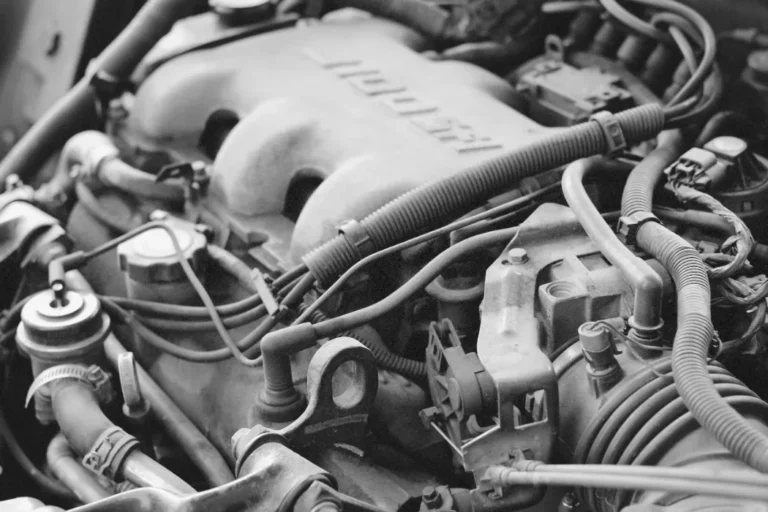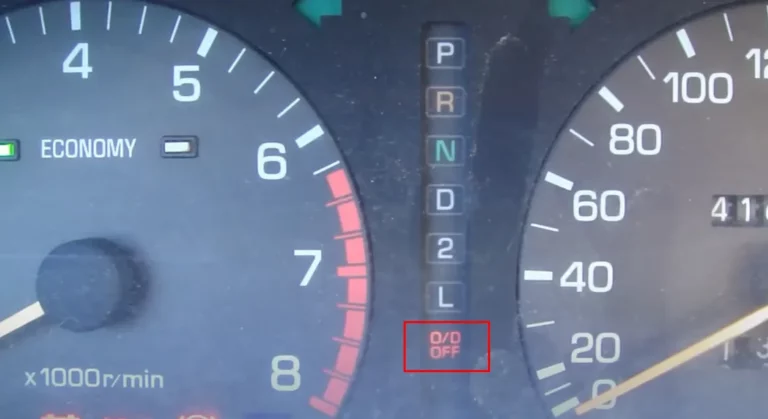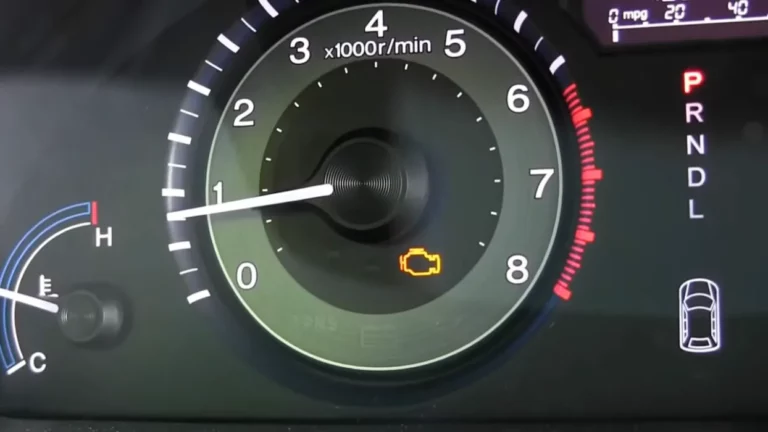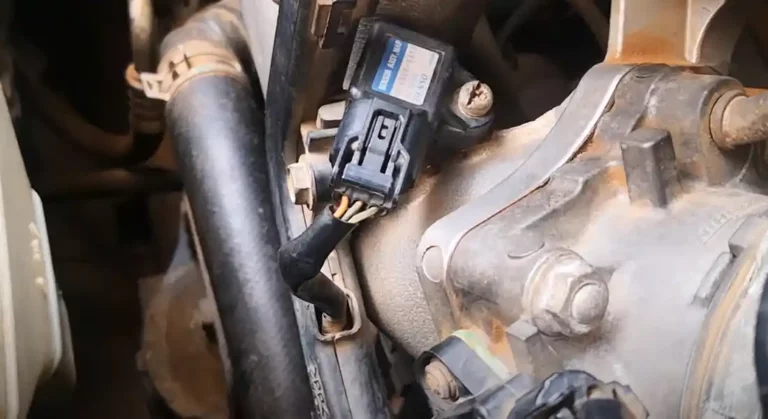CV Joint Vs CV Axle – Are They the Same Thing?
A CV joint and a CV axle are actually two very different things. However, both of these components –
- Have related functions with each other
- Are used to transfer power from the engine to the wheels.
Both of these components can initially seem similar but have very specific differences in terms of structure and functionality. Let’s first take a look at their individual properties before explaining the differences.
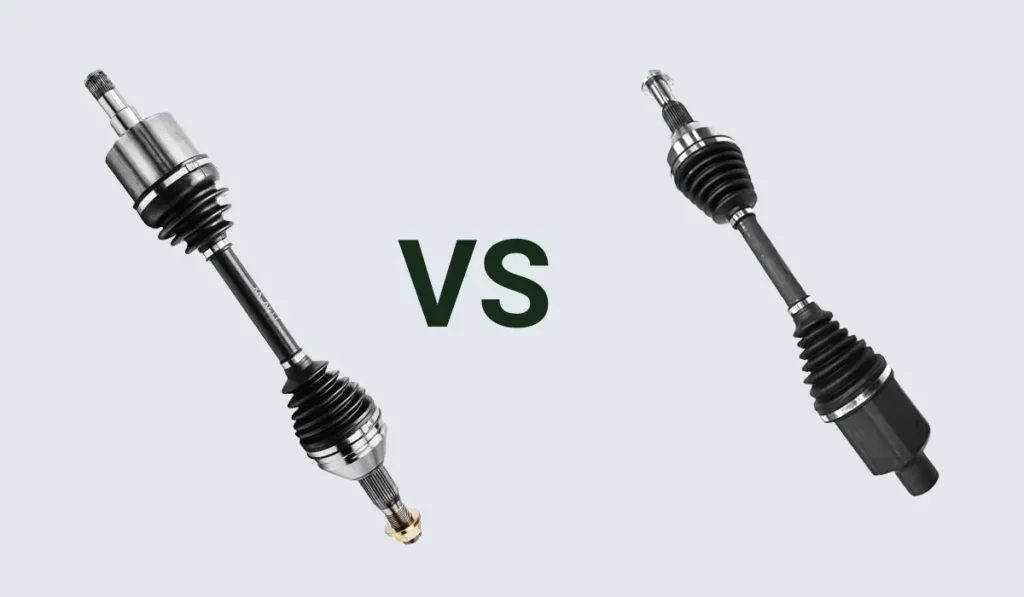
What Does the “CV” Mean?
CV stands for constant velocity. It is named based on its design and the term in physics, where the speed remains the same regardless of the turning direction.
This means that whichever way the outer part of the component is turned, the speed will remain the same as the inner part. Hence, a smooth flow of power is transferred from the transmission to the wheels.
What is a CV Joint?
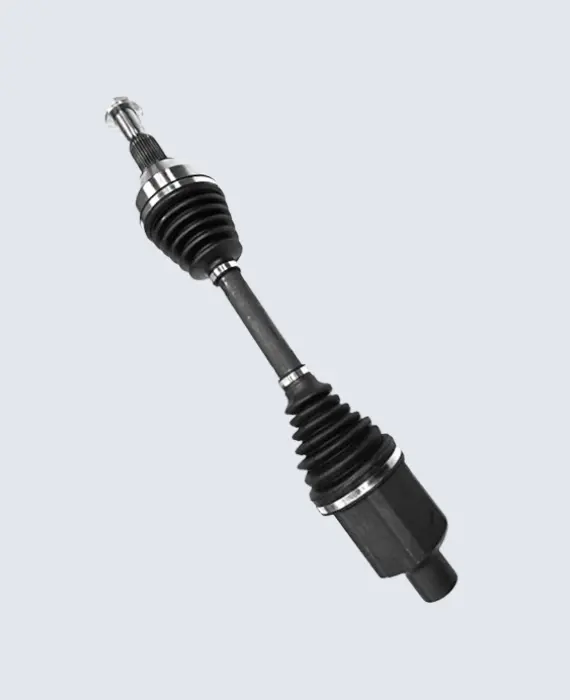
A CV joint is a mechanic coupling system commonly used in vehicles with front-wheel drive, but also in a few independent suspension and all-wheel drive systems.
Its structure connects two rotating shafts at different angles while maintaining a constant rotational velocity.
The Function of A CV Joint
The main purpose of a CV joint is to transfer torque smoothly from the transmission to the wheels, even when the wheels are turning at different speeds or at different angles.
The role of the CV joint is especially crucial in keeping a constant speed.
Wheels are required to maintain a constant speed while turning, despite the angle at which it is being steered. CV joints achieve this function by using ball bearings within a protective casing.
Types of CV Joints
There are commonly two types of CV joints:
Rzeppa joint
This is the most common type of CV joint. It is used in most front-wheel drive cars. It has six ball bearings organized within a cage, and this allows the joint to operate at different angles in a smooth way.
Tripod joint
This type of CV joint is typically found in smaller vehicles. It has three roller bearings arranged in a triangle formation. The tripod joint is comparatively smaller and lighter than the Rzeppa joint but is not as durable.
Read Also: How To Fix Oil Leak Between Engine and Transmission?
What is a CV Axle?
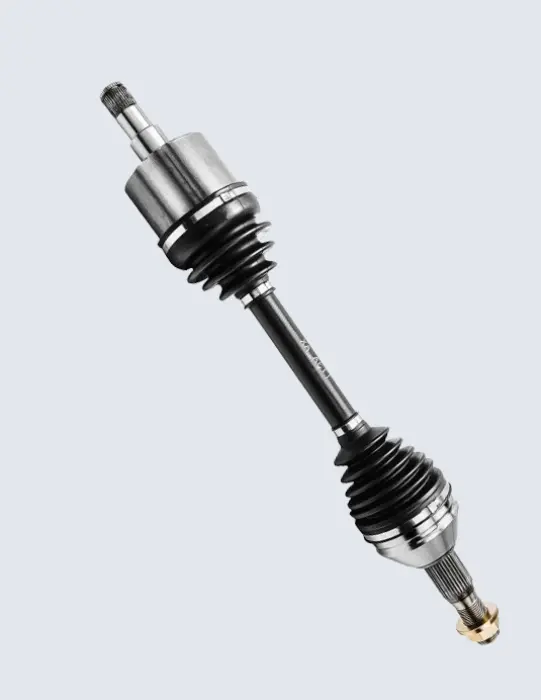
A CV axle, or CV shaft, is a bigger and complete structure that includes both the CV joint and the shaft that connects it to the wheel hub.
A few modern vehicles have independent rear suspension, and some four-wheel and all-wheel drive cars have CV axles.
A CV axle consists of four other parts:
Inner CV Joint
The inner CV joint is closest to the transmission. This connects to the transmission’s output shaft and allows torque to be transferred to the axle.
Outer CV Joint:
This joint is located at the wheel hub and connects to the wheel assembly. It allows for the transfer of power from the axle to the wheel while also making space for the up-and-down movement of the suspension.
Axle Shaft
The axle shaft is a rod-like component that connects the inner and outer CV joints. It basically acts as a bridge between the transmission and the wheel. This way, torque is transmitted for clear suspension.
CV Boot
The CV boot is a cover that encloses the CV joint and axle shaft. It is made of protective rubber or plastic material. This helps to keep the joint and shaft lubricated and prevents any sort of debris, dirt, or moisture from entering the joint.
The Function of A CV Axle
The CV axle is a very important part of the car’s drive-train and is responsible for transmitting power from the transmission to the wheels. While doing so, it allows the up-and-down motion of the suspension.
CV Axle Vs CV Joint
Although very similar in terms of structure, there are some major differences between these two–
Let’s take a more detailed look into these differences.
| Difference factor | CV Joint | CV Axle |
| Function | Is a specific component for transmitting rotational power between two shafts at varying angles | Is a complete assembly that includes both the CV joint and the axle shaft. Serves as both a driving axle and a suspension component to provide power transfer and flexibility. |
| Configuration | It is a standalone, joint mechanism and is not dependent on any other structure. | It is an integrated structure that combines the CV joint with the axle shaft. |
| Application | These are used in various mechanical systems where rotational power needs to be transmitted smoothly. For example – drive shafts, propeller shafts, and PTO shafts. | These are generally used in different automotive applications to transfer power from the transmission to the wheels. |
| Components | Is made up of the joint itself, which includes bearings and casing. | Is made up of a combination of the CV joint, axle shaft, and protective CV boot. |
Should You Replace the CV Joint or the CV Axle Altogether?
Sometimes CV joints can become damaged when the protective housing cracks or wears off.
In that case, the oil will leak through it and then attract dirt and debris. As a result, the joints will wear off too soon from all the friction and will eventually start to malfunction.
Instead of just replacing the CV joint with a new one, it is best to get a new CV axle that already has a fresh CV joint.
This is important because there might be some damage made to the CV axle from the joint which you cannot see, but slowly other components could wear off along with it.
Read Also: Can A Transmission Go Out Without Warning?
Frequently Asked Questions [FAQs]
Can you replace just one CV joint?
Yes, you can. But most people prefer to replace the entire half shaft assembly.
Can I drive with a worn CV joint?
No, you shouldn’t as it can be risky.
What is the lifespan of a CV axle?
On average, it’s 80k miles.
Final Words
Although CV joints and CV axles are related in structure, they both serve different purposes with distinct purposes.
A CV joint can work independently and provide power at different angles. But a CV axle is a complete assembly of the CV joint and axle shaft that is used to transfer power from the transmission to the wheels.

